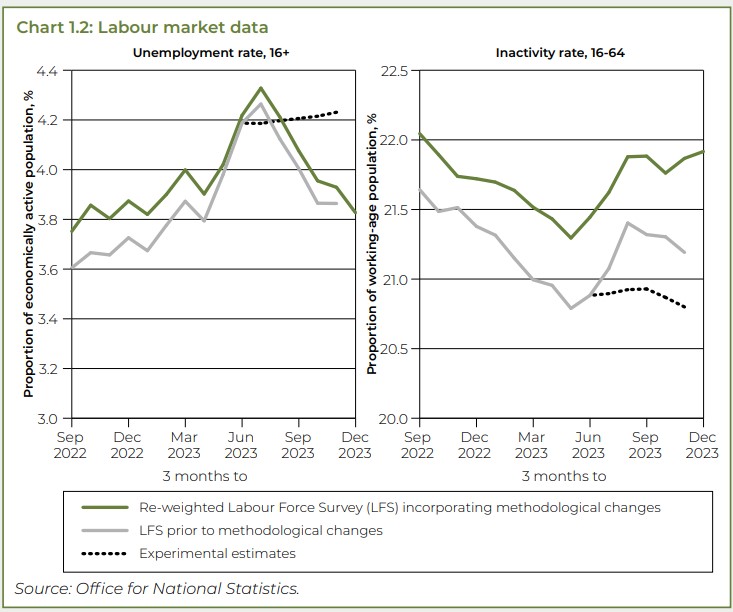The Office for Budget Responsibility says it expects rising health-related inactivity to continue weighing on the UK worker participation rate.
The revelation features in associated documents to this year’s Spring Budget.
The document states that the UK unemployment rate remains low by historic standards at 3.8% in Q4, and has fallen since the summer of 2023.
It added that while recruitment difficulties have eased, with the number of vacancies now 28% below the peak level reached in mid-2022, worker inactivity remains elevated.
“Inactivity due to long-term sickness remains historically high, at 2.8 million in the final quarter of 2023 and making up 30% of the inactive population,” the document states.
“The OBR expects rising health-related inactivity to continue weighing on the participation rate.”

Brett Hill, head of health and protection at leading independent consultancy Broadstone, said: “The OBR confirmed that it expects economic inactivity to remain a major headwind for the UK economy.
“Despite announcements around investment in the NHS, there were no further measures announced to boost the provision of wellbeing or occupational health services within businesses or to incentivise greater provision of employer-funded health benefits such as a carve out in Insurance Premium Tax or P11(d) liability for employees.
“Yesterday it was reported that private health admissions are likely to reach record levels in 2023 driven by treatments funded by private medical insurance, and the importance of this market is only likely to increase. With the situation in the NHS unlikely to see real near-term improvement despite the short-term funding boost announced in the budget, the OBR’s forecast emphasises the business case for employers to invest further in the health and wellbeing of their workforce.”






